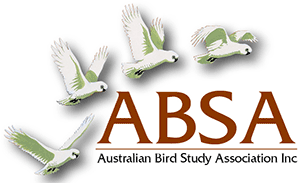AN AUSTRALIAN PELICAN Pelecanus conspicillatus BENEFITS FROM THE BEATING BEHAVIOUR OF A PIED CORMORANT Phalacrocorax varius: A POSSIBLE PRECURSOR TO KLEPTOPARASITISM
| Posted: |
19/07/2021 |
| Author(s): |
C. A. D. Semeniuk, O. P. Love |
Food parasitism on pelican species by many groups of birds, especially
Larus and
Sterna spp. is well known
and documented. Although the Pelicanidae exhibit many behavioural and ecological traits. known to facilitate
parasitism, few accounts and studies of this feeding strategy by pelicans are known. The following report describes
a series of inshore parasitic bouts by an Australian Pelican
Pelecanus conspicillatus on a Pied Cormorant
Phalacrocorax varius in Monkey Mia, Shark Bay, Western Australia. The pelican made no attempt to feed prior
to the arrival of the cormorant and remained in association with the cormorant for well over a quarter of an
hour. The observed behaviour was clearly one of interception of prey by the pelican and not merely of cap1tal1z1ng
on food which could not escape. Ecological and behavioural factors known to encourage parasitic behav1our,
such as 'beating', are discussed in relation to these observations, as is the possibility of this feeding assoc1at1on
leading to kleptoparasitism, or food theft. Potential costs and benefits of this association for both species are
briefly discussed, as is the possibility that the association was precipitated by the protection afforded by the
physical presence of humans and their structures.
>> Download Abstract |
File Size: 63 KB
>> Download Complete PDF | File Size: 691 KB
